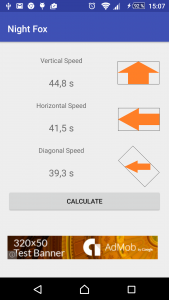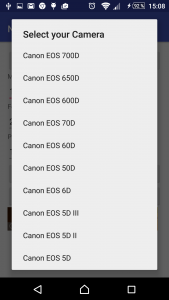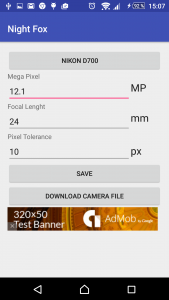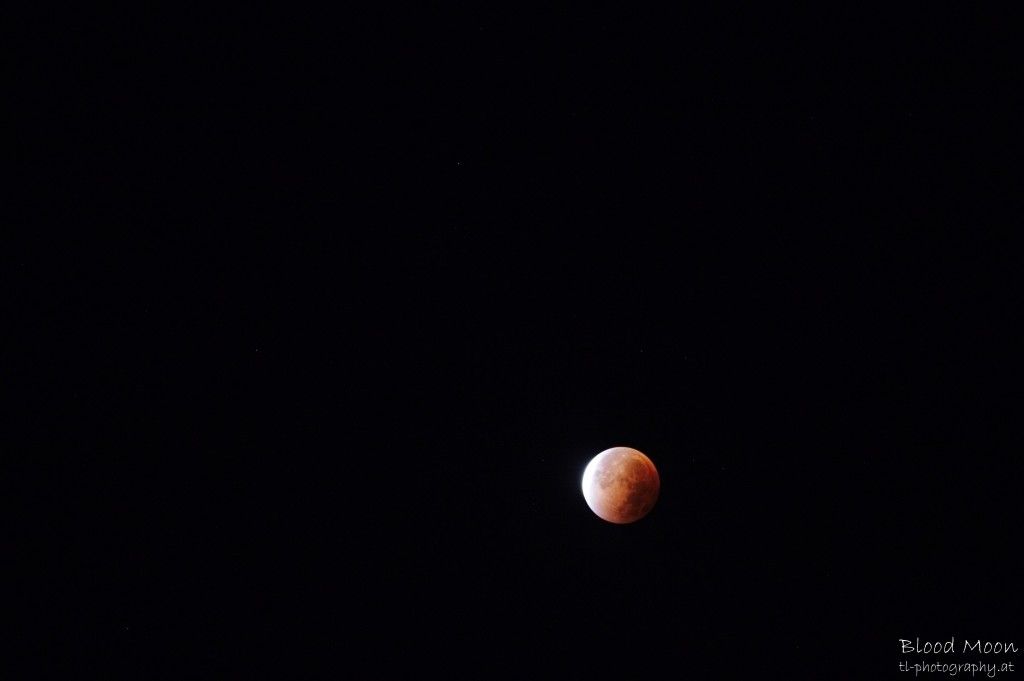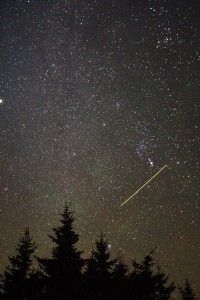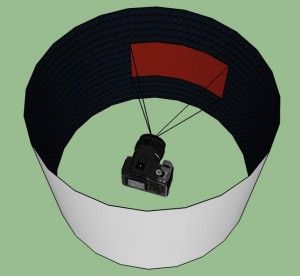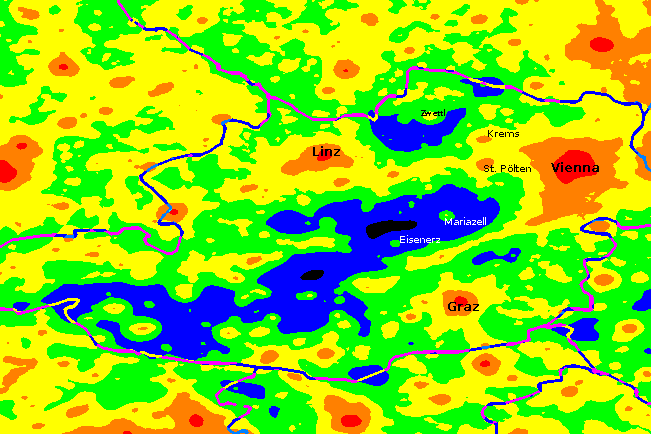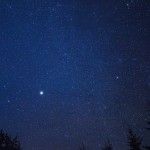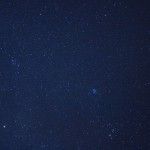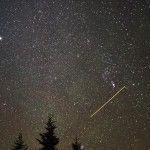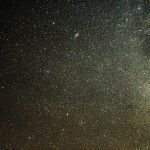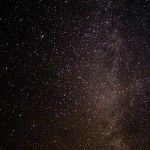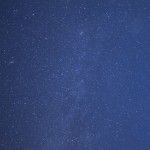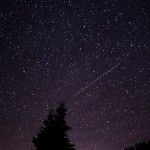
Night Sky at the Alois Günther Haus
Recently I wanted to improve my skills in night sky photographing. So I opened the PC and asked Google a lot of questions. I was reading a lot about shutter speed, focal length and exposure adjustment. A very good site I found was How to Photograph the Milky Way of the site www.lonelyspeck.com. They created a very good tutorial and answered many of my questions. They also created the Milky Way Exposure Calculator, witch lets you calculate how a lens may perform on your camera. For ranking the lenses they calculate a score, basically from the physical parameters of the lens. I agreed with the majority of the parameters, but I was wondering if the slowest possible shutter speed is maybe a bit inaccurate.
In night sky photography the shutter speed is mostly longer than 5-10 s or even more. Without a tracking device the stars will move over the sky and produce, depending on the shutter speed, streaks on the picture. But we want actually a clean image of the stars. So what we need is a lens with a short focal length and an aperture which should have less than f/2 to gather a lot of light. The basics can be checked in the links above. Anyway, the rule of thump for the shutter speed, 500/focal length, seems a bit inaccurate and, as stated there, also not completely usable for APS-C cameras. So I started to think, how can this be solved better…? I was drawing some sketches and made some calculations and concluded: there might be a better and more accurate way: I started to research about what information are available for all lenses and cameras. I concluded that the sensor size and the focal length is available in any case. The angle of view was not all the time available or I just couldn’t find it. Anyway, with the sensor size and the focal length we can calculate the angle of view with the following equation:

In this equation, d is the diameter of the sensor and f is the effective focal length. Since f is depending on the focus, the focal length F of a 50 mm lens is only 50 mm when set to Infinity. Since in astro photography we use only the infinity setting we can assume f = F. So we can also calculate the horizontal and vertical angle of view for a lens. In this case I will just use the stock Canon EF-S 18-55mm 1:3.5-5.6 IS II on a EOS 600D with 18 MP as example. Why we need the horizontal and the vertical angle of view, will be pointed out later. With the pixel count on the camera we can now calculate the angle to pixel ratio. The 600D has 18 MP with a 3:2 ratio. This leads to a pixel count of 5.184 px by 3.456 px. The pixel to angle ratio is calculated by α / Σnpixel. The diagonal pixel count is just calculated by Pythagorean theorem.
- Vertical AOV: αv = 27°; Pixel to Angle Radio = 0,0185°/px
- Horizontal AOV αh = 37.4°; Pixel to Angle Radio = 0,0164°/px
- Diagonal AOV αd = 46.8°; Pixel to Angle Radio = 0,0153°/px

The night sky can be seen as a cylinder rotating around the camera.
The next assumption we make is that the sky is rotating around the world. I know that some people will now say “NO! Galileo was very clear with that!”. Yes its not true but since we focus anyway on infinity and the sky is more more less a flat area for the lens, this is ok. This lead so my next assumption. The sky is not a sphere, its like a cylinder. The picture demonstrates this assumption. The cylinder rotates with the angular speed of 360° per 24h or 0.00417 °/s. Depending on the pixel to angle ratio we can now calculate the minimum shutter speed. In case of my 18 mm focal length the numbers are very small and and seem not right.
- Vertical max. Shutter Speed: 4.4 s
- Horizontal max. Shutter Speed: 3.9 s
- Diagonal max. Shutter Speed: 3.6 s
But this is only the half truth. Since the stars are not only one pixel big, we can use a threshold. For example a threshold of five pixels will give us five times the shutter speed. In my test, five pixel threshold was mostly ok and not really visible. Somebody who wants to have more clear pictures can reduce the threshold.
- Vertical max. Shutter Speed: 22 s
- Horizontal max. Shutter Speed: 20 s
- Diagonal max. Shutter Speed: 18 s
I’ll program a calculator using javascript in the near future and upload it to this website. Stay tuned!


